Hydrogen peroxide is a versatile household staple that can be used for a variety of cleaning purposes. Its disinfecting properties make it an excellent alternative to harsh chemical cleaners. Here are some amazing ways to use hydrogen peroxide for cleaning your home.
Other Topics You Might Like
Helpful Products You Might Like
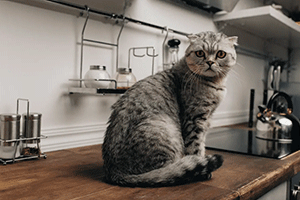
Product Name
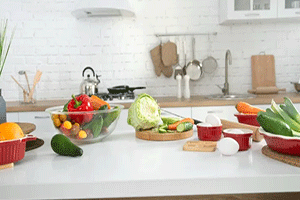
Product Name
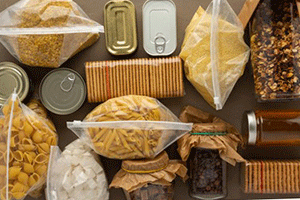
Product Name
"(Paid Links)" 
Disinfecting Surfaces
Hydrogen peroxide is a powerful disinfectant. You can use it to clean and disinfect kitchen countertops, cutting boards, and bathroom surfaces. Simply spray a solution of equal parts hydrogen peroxide and water onto the surface, let it sit for a few minutes, and then wipe it clean with a cloth.
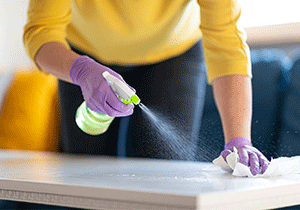
Whitening Grout
Grout can become stained and discolored over time. To whiten grout, make a paste using hydrogen peroxide and baking soda. Apply the paste to the grout lines, scrub with a brush, and rinse with water. The combination of hydrogen peroxide and baking soda will help lift stains and brighten the grout.
Cleaning Mirrors and Glass
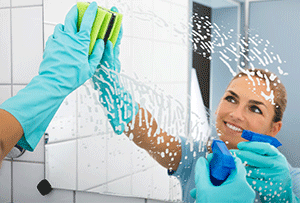
For streak-free mirrors and glass surfaces, spray hydrogen peroxide directly onto the surface and wipe with a microfiber cloth. This method effectively removes smudges and fingerprints without leaving any residue.
Removing Stains from Clothes
Hydrogen peroxide is great for removing tough stains from clothes, such as blood, wine, and sweat. Apply hydrogen peroxide directly to the stain, let it sit for a few minutes, and then wash the garment as usual. Test on an inconspicuous area first to ensure it doesn't bleach the fabric.
Sanitizing Toothbrushes
Toothbrushes can harbor bacteria and should be sanitized regularly. Soak your toothbrush in hydrogen peroxide for a few minutes to kill germs and bacteria. Rinse thoroughly with water before using it again.
Cleaning and Disinfecting Sponges
Kitchen sponges can become breeding grounds for bacteria. Soak sponges in a mixture of hydrogen peroxide and water for 10-15 minutes to disinfect them. Rinse thoroughly and let them dry before using them again.
Freshening Up the Fridge
To clean and deodorize your refrigerator, spray the inside with hydrogen peroxide and wipe with a cloth. This will help remove stains and eliminate odors without using harsh chemicals.
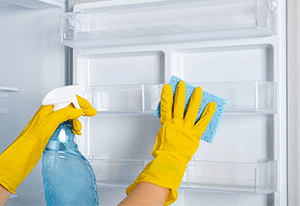
Cleaning Tile and Shower Walls
Hydrogen peroxide can be used to clean tile and shower walls. Spray the surface with hydrogen peroxide, let it sit for a few minutes, and then scrub with a brush or sponge. This will help remove soap scum, mold, and mildew.
Disinfecting Cutting Boards
Cutting boards, especially those used for meat, can harbor bacteria. Spray hydrogen peroxide on the cutting board, let it sit for a few minutes, and then rinse with water. This will help disinfect the surface and keep it safe for food preparation.
Cleaning Toilet Bowls
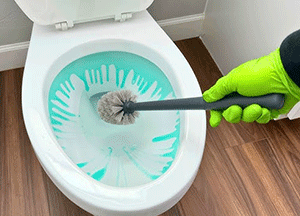
Pour a half cup of hydrogen peroxide into the toilet bowl and let it sit for 20 minutes. Scrub with a toilet brush and flush. This method helps to disinfect and whiten the toilet bowl.
Deodorizing Trash Cans
To deodorize and disinfect your trash cans, spray them with hydrogen peroxide and let them air dry. This will help eliminate odors and kill bacteria.
Cleaning Carpets
For spot cleaning carpets, mix hydrogen peroxide with a small amount of dish soap. Apply the mixture to the stain, let it sit for a few minutes, and then blot with a clean cloth. Rinse with water and blot dry.
Hydrogen peroxide is an eco-friendly and effective cleaning agent that can be used in various ways around the house. It’s important to use a 3% hydrogen peroxide solution for household cleaning and always test on a small area first to ensure it doesn’t cause discoloration. By incorporating hydrogen peroxide into your cleaning routine, you can maintain a clean and healthy home without relying on harsh chemicals.
